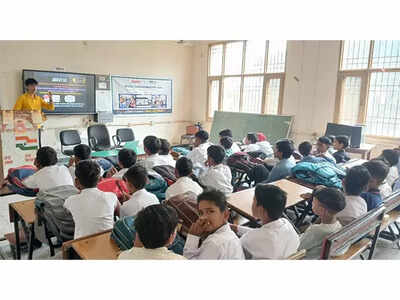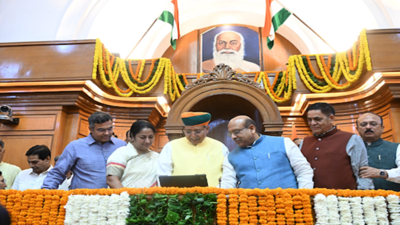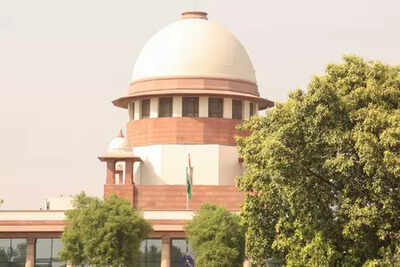Kerala schools plan to scrap backbenches: What this quiet reform could mean for classroom learning

For generations of students across India, the term “backbencher” has carried a peculiar mix of rebellion, camaraderie, and, if you ask a few teachers, concern. But in Kerala’s state-run schools, the back row may soon become history.On August 5, Kerala’s General Education Minister V Sivankutty announced via Facebook that the state will abolish traditional row-wise seating in classrooms. The goal? To dismantle the very idea of backbenchers and its unintended consequences on student confidence and learning outcomes.“It has been decided to appoint a committee of experts to find out the best model suitable for our education system. Let us consider the suggestions of this panel and move forward,” V Sivankutty posted, hinting at a significant pedagogical shift in one of India’s most educationally progressive states.
Why the back row is under fire
The term “backbencher” in Indian schools has long been synonymous with students who are either too mischievous, too shy, or sometimes simply too invisible. But the government now sees this seating tradition as outdated and potentially damaging.“The concept of backbenchers can have a negative impact on a student’s confidence and learning… No child should be left behind in their studies or in life,” the minister explained in his post.This isn’t just about rearranging furniture. It’s about reimagining space, psychology, and student experience in classrooms. Traditional classroom layouts often create an invisible hierarchy. Front-row students are assumed to be more engaged or academically inclined, while the back row is either blamed or forgotten.
Art imitates school reform
Interestingly, this quiet reform appears to have found cinematic roots. The Malayalam film Sthanarthi Sreekuttan, directed by Vinesh Viswanathan, sparked fresh discussion around classroom design when a character, a student, suggests changing the layout after feeling humiliated for sitting at the back.The film’s ripple effect reached real classrooms. Some schools in Kerala have already experimented with U-shaped seating arrangements where every child faces the teacher and each other equally. The setup not only improves visibility and interaction, but also diffuses the old front-vs-back dynamic that quietly ruled classrooms for decades.
The road ahead
Minister Sivankutty clarified that the shift won’t be overnight. An expert committee will now be tasked with designing a seating model that aligns with Kerala’s pedagogy, infrastructural realities, and student needs. This won’t be a one-size-fits-all policy, but a curated one.The minister also called for public support, underlining that this isn’t just about desk positions but about equity and emotional wellbeing in learning spaces.“Our goal is to ensure equal opportunities for all children. We are thinking about how to make this happen,” he added.
A farewell to ‘backbenchers’?
While students of the past might recall fond memories of whispered jokes and doodles done safely out of a teacher’s line of vision, Kerala’s education system is now inviting a more balanced approach to attention and inclusion.Sure, the term “backbencher” may continue to live on in alumni reunions, but for Kerala’s students, it might soon be nothing more than a phrase from the past.Sometimes, reform doesn’t need to shout. A quiet shift in where a child sits could, in fact, change how they see themselves.TOI Education is on WhatsApp now. Follow us here.(with inputs from PTI)





